
| Product name | Brand | Price | ||
|---|---|---|---|---|
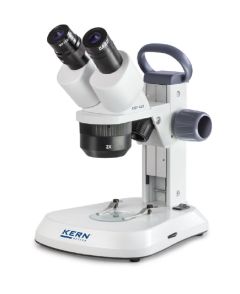
|
KERN OSF 4G Stereo Microscope Series | KERN |
£392.00
(£470.40
inc VAT)
|
|
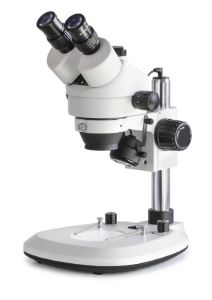
|
KERN OZL-46 Stereo Microscope Series | KERN |
£555.00
(£666.00
inc VAT)
|
|
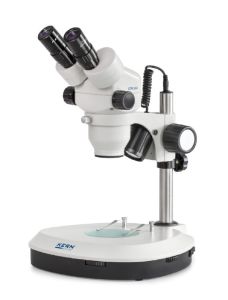
|
KERN OZM-5 Stereo Microscope Series | KERN |
£1,255.00
(£1,506.00
inc VAT)
|
|
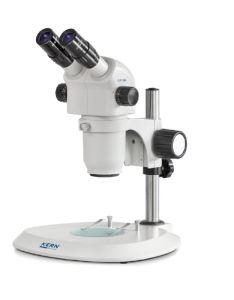
|
KERN OZP-5 Stereo Microscope Series | KERN |
£1,380.00
(£1,656.00
inc VAT)
|
|
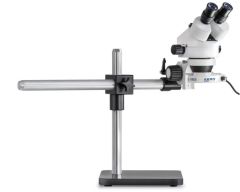
|
KERN OZL-961/3 Stereo Microscope With Telescopic Arm | KERN |
£920.00
(£1,104.00
inc VAT)
|
|
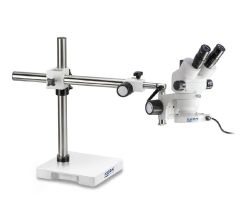
|
KERN OZM-91 Stereo Microscope With Telescopic Arm | KERN |
£1,575.00
(£1,890.00
inc VAT)
|
|
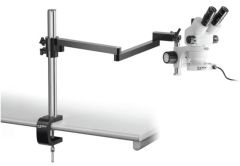
|
KERN OZM-952/3 Stereo Microscope With Articulated Arm | KERN |
£1,570.00
(£1,884.00
inc VAT)
|
|
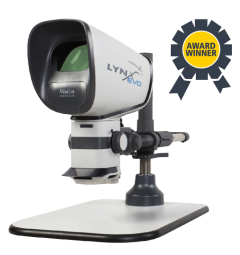
|
Vision Engineering Lynx Evo Cam | Vision Engineering | Call for price |
Stereo Microscopes For Electronics
Find a wide range of stereo microscopes to fit your applications. We have a great selection to suit many requirements including PCB work, medical, quality control, and more. Our team are also highly experienced in helping customers find the exact unit for their needs. Call us up today for a free quote on any of the listed range!
Filter By

